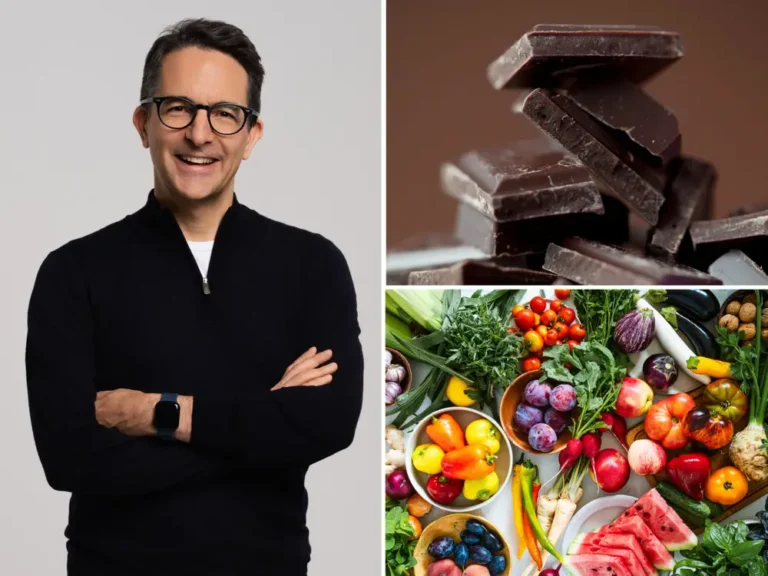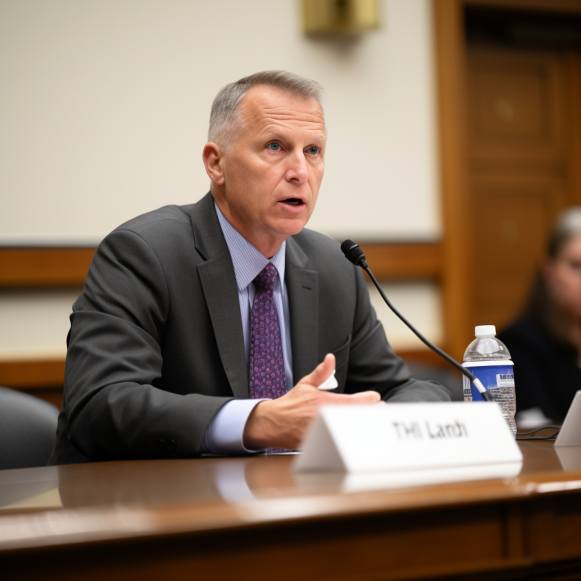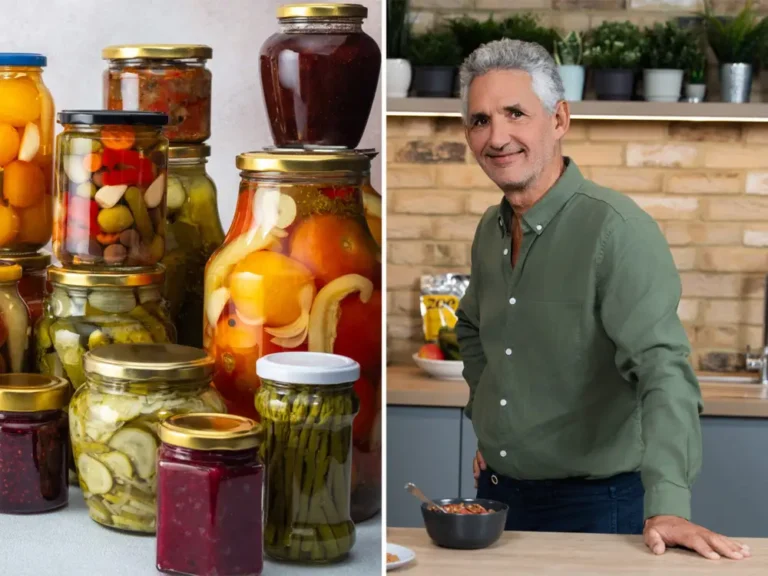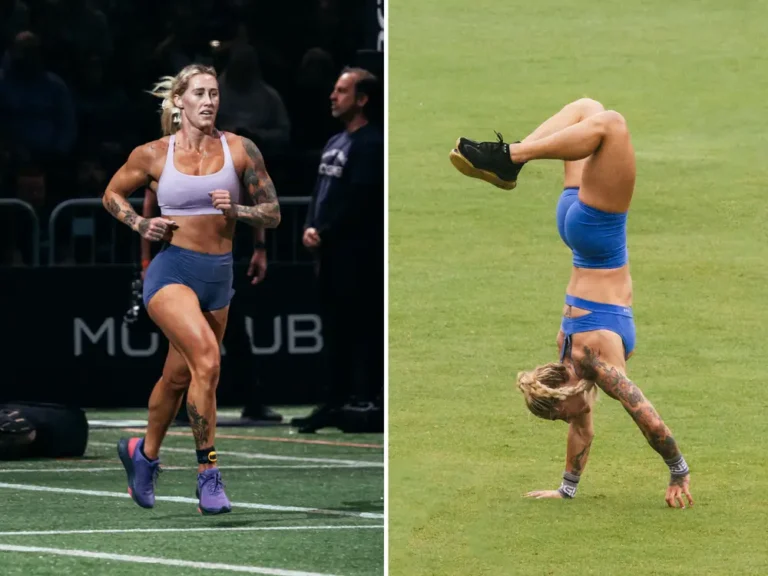A 72-year-old VC who started running at 54 does 4 marathons a year. Here’s how he fits running into his busy workday.

72-year-old Greg Ho, the president of Spring Mountain Capital, has run 43 marathons and plans to complete 100 by his 100th birthday.
The president of a New York investment firm struggled to fit exercise into his busy routine until he was in his 50s. Now 72, Greg Ho has run 43 marathons and plans to make that 100 before he turns 100.
After developing a slew of ankle and leg problems from judo and skiing as a young man, Ho’s fitness wasn’t what it used to be when he turned 54. He had very little time to devote to exercise due to what he described to B-17 as his “high-stress job” as the president of Spring Mountain Capital.
But Ho said his wife told him he needed to be healthier and enrolled him in a cross-training program, like a boot camp, in 2008.
Around the same time, the Robin Hood Foundation, a New York charity that aims to fight poverty, asked Ho to run a marathon to raise money for them. He said he had already reached a decent level of fitness — he could comfortably run four to five miles at a 10-minute-mile pace.
His orthopedist had previously told him to stop running because he had a torn medial-lateral meniscus in his knee, osteoarthritis, and ankle problems from multiple fractures. But his doctors said he’d probably be OK to run one marathon, so he agreed, knowing he could raise a lot of money for Robin Hood due to his job and connections. He was right — for his first marathon, he raised more than $20,000 “without trying too hard.”

Ho at the 2009 New York marathon, when he raised money for the Robin Hood Foundation.
The marathon training program Ho embarked on “was miserable, and it hurt,” he said. “It was not fun. But gradually, as I raised more money and people got more interested, that kept me going because now I had an obligation to show up at the race.”
So, at 56, Ho ran his first marathon.
“I literally cried with relief when I crossed the finish line because of the pain,” he said. “But about one minute later, I said, ‘I can do this better. I’m going to do it again’ because that’s just my nature. So I did.”
He ended up running two more marathons the next year and continued to fundraise alongside friends and colleagues.
Ho was also interested in how far he could push his body — despite his doctors’ warnings about potential injury, his cholesterol levels and blood pressure had improved from the running, and his joints were fine, thanks to a healthy, anti-inflammatory diet and getting used to the training.
“I found the difference between my perceived health and what I could accomplish with some effort was astounding,” he said.

Ho didn’t run his first marathon until he was 56.
Fifteen years later, Ho has run 43 marathons and plans to run 66 more before his 100th birthday. His personal record is five hours and 15 minutes.
“The game plan is to run three a year from next year until I’m 80, and then two a year from ages 81 to 90, and then one a year from 91 to 100,” he said.
Ho structures his days to fit in 8 hours of training a week
Ho has been doing two marathons in the spring and two in the fall for the last few years. He follows the same 18-week training program in the run-up to each season’s races, which calls for about eight hours of running a week. This includes different types of running, such as interval training, slower, long runs, and fartleks, where a runner alternates between slow and fast paces.
His schedule is quite packed, so he has to fit in exercise where he can.
“I get up at 4:30 in the morning every day, and I usually go to sleep about 11 p.m. I spend four hours in the evenings recreationally — having dinner with my wife or with friends, or in the performing arts — and the rest of the time I’m working,” he said.

Ho trains by doing eight hours of running around his busy work days.
Sometimes he’ll go to the gym or do a run in the morning before heading to the office at 6:30 a.m., or after he’s completed a project that needs to be in before lunch.
He also likes high-intensity interval training for when he’s busy, since “you don’t do it for a long time.”
Running helps Ho to maintain his lifestyle
“Physically and mentally, running enables me to perform while I get little sleep,” he said. “It gives me energy to do what I want to do, and keeps me involved.”
Ho listens to audiobooks during his runs to maintain his “voracious” reading habit and optimize his time.
Running has also connected him with like-minded individuals, because runners tend to be “healthy people looking for purpose,” he said.
It has also helped to educate him about the importance of healthy aging in communities of color. Spring Mountain, Ho’s firm, backs the West Harlem Innovation Network, which develops new businesses and entrepreneurial talent in the underserved NYC neighborhood.
He tries to maintain other habits for longevity — apart from sleep
Ho only gets 4.5 hours of sleep each night, which research suggests is not beneficial for health. One 2022 study published by PLoS Medicine found that for adults over 50 years old, getting less than five hours of sleep a night can increase their risk of developing a chronic disease by 20%.
Ho said he is “desperately trying to get up to five hours a night,” but in the meantime tries to practice other longevity-boosting habits, such as eating well and reducing stress.
He said he follows the “basics” of eating healthily: staying away from junk food and processed foods and managing his calorie intake.
While he tries to minimize stress, it can be hard in a high-pressure finance job. The environment, he added, is full of “high-performing teams and high goals, so we’re always stressed.”






